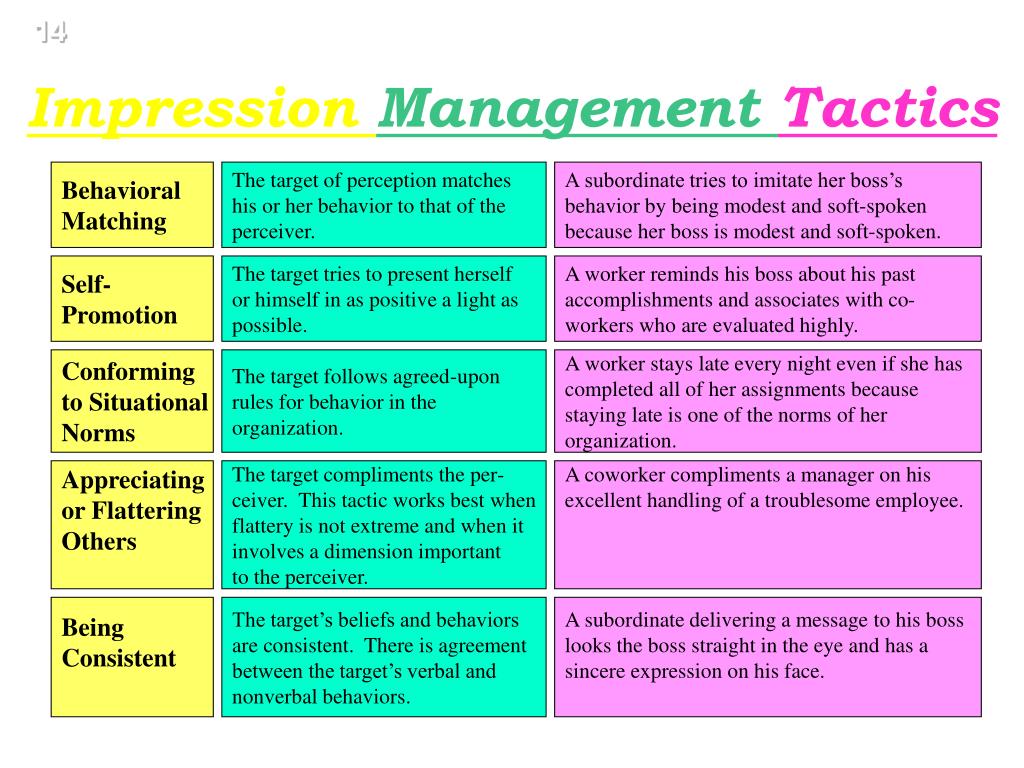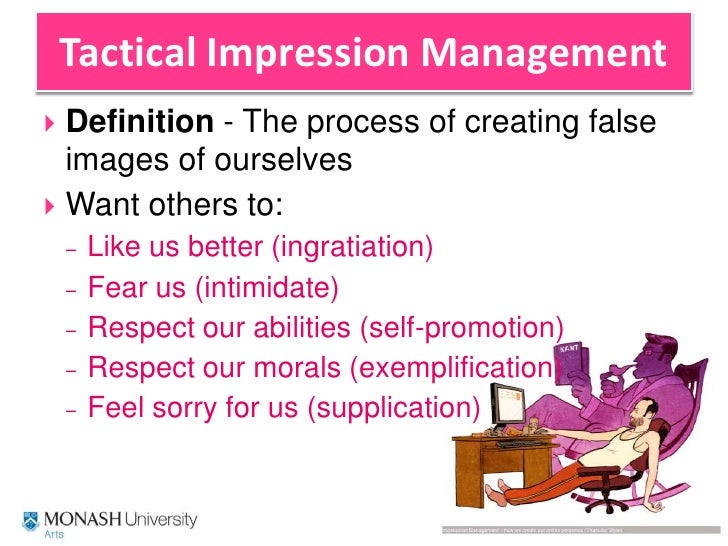
I organized my data in a qualitative rather than quantitative manner as follows. However, I only considered five interviews from five different respondents for this analysis. The interviews entailed discussion of the most embarrassing situations of respondents. Among those interviewed were friends, relatives as well as some colleagues. I held several separate interviews with various respondents. In this sociological analysis, I used ‘ interviewing’ as a qualitative method of data collection. I also hypothesize that most embarrassing situations are those that occur in a social place rather than a private place. Their reactions during the embarrassment moments will alleviate the situation in a manner that will enhance social order and interaction. Hypothesisįrom the theories discussed, I hypothesize that most individuals will apply tactics, props and assumptions that will build, defend and maintain their impression. Impression management in situations like embarrassment in social occasions requires individuals involved to respond in a manner that will alleviate rather than intensify the embarrassment. In the theory, Cooley describes impression management as a tool applied in social situations to enhance social interaction and order (126). The other theory concerns symbolic interactionism. In embarrassment situations, the assumptions and props applied are intended to work towards enhancing positive perception. In impression management, the actors strive to build, defend and sometimes maintain their social perceptions and identities through application of various settings, props and assumptions.

Impression management applies to situations of embarrassment, self recognition, stage performance, public address and various forms of expression. Considering the role theory of impression management, Goffman describes how various individuals act and react following various situations that call for impression management (79). The difference lies on how various individuals manage the embarrassment situations that befall them (Newman 134-142). TheoryĮmbarrassment is a social situation that almost everybody experiences in his or her lifetime. This will be done in order to address how various individuals manage their impression in embarrassing situations for social order maintenance. I will conduct several interviews with friends, relatives and colleagues to determine their embarrassing moments and other details concerning the embarrassment. In this paper, I will be tackling embarrassment situations as a topic under impression management. Some individuals try to be authentic and ideal in order to control outward perception (Pennington 11).

By applying impression management, individuals tend to control the way other people understand them by applying various impression management techniques. Many individuals believe that their outward appearance and personality form part of the main factors that determine how they are judged or perceived by other people.

Many people apply this tool to present themselves as good people (personal branding).

Impression management can be described as a process employed by most people to present themselves and control various perceptions concerning themselves.


 0 kommentar(er)
0 kommentar(er)
